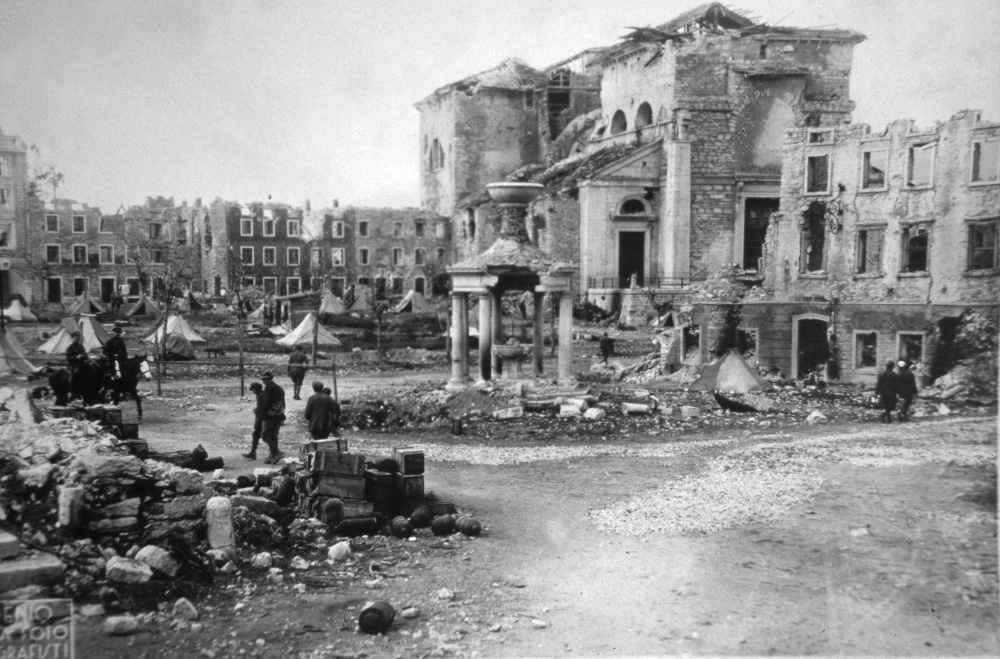
Battle of Asiago
First Austro-Hungarian offensive on the Italian front
15 May - 10 June 1916
The Fifth Battle of the Isonzo was fought between Austria-Hungary and Italy as part of the coordinated Entente response to the German Verdun offensive in France. Nothing much was achieved before the Austrians launched their own Tyrolean offensive, driving out of the mountains across the Asiago Plateau sector of the Trentino Salient with the intention of breaking through to the coastal plain and severing the Italian communications running east to the Isonzo and Alpine fronts. Though the Italians managed to check the Austrian advance, the offensive had political consequences in Italy: the Antonio Salandra cabinet fell, and Paolo Boselli became Prime Minister.
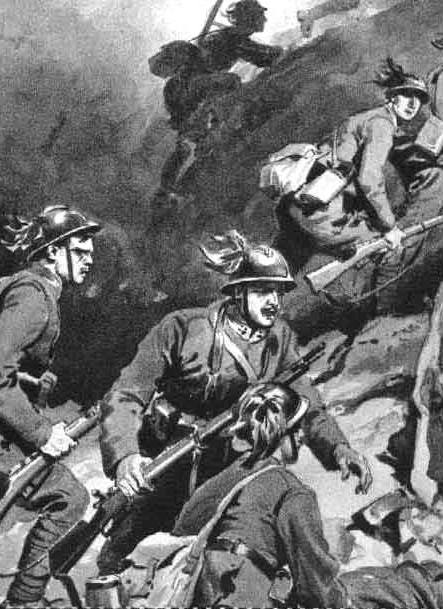
1 of 3
The strength of the Italian army was increasing, and would eventually almost double, from thirty-six peacetime divisions to sixty-five, and during 1916 the Italians would attract thirty-five of the sixty-five mobilized Austrian divisions to their mountains. The consequent weakening of Austria's capacity to bear a fair share of the burden in the east would largely facilitate Russia's successful resumption of the offensive in this year.
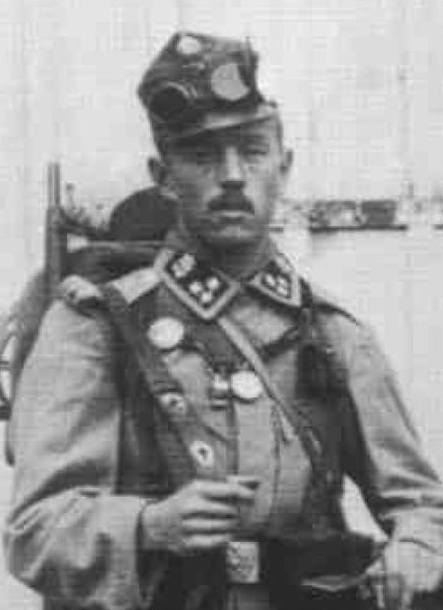
2 of 3
Outnumbered though they were, however, the Austrians succeeded in frustrating Italy's continuing attempts to break into the Austro-Hungarian heartland via the Isonzo route and also launched a counter-offensive of their own directed towards the rich industrial and agricultural region in the plains of the River Po.
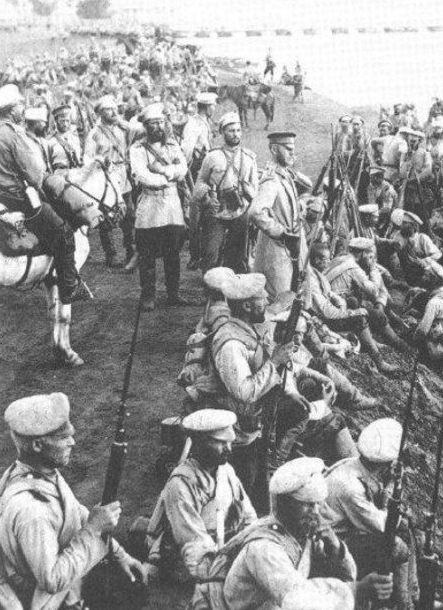
3 of 3
The course of operations in Italy during 1916 had one positive result for the Entente: by attracting Austrian divisions from the Russians' southern front, it allowed the Tsar's armies to organize a successful counter-offensive against their weakened enemy.
With a 48-hour bombardment, the Fifth Battle of the Isonzo concentrated on the middle reach of the river between Tolmein and Mount San Michele. This involved the usual bloodbath on the hill of Podgora, where the Austrian units resisted with their normal doggedness. The Italians gained one hundred metres of altitude on Mount Sabotino – a genuine achievement, made possible by long preparation over the winter. On San Michele, the Third Army gained ground near the hamlet of San Martino, only to lose it when the Austrians used tear-gas shells. Offensives around Tolmein and on Mount Mrzli met with no better success.
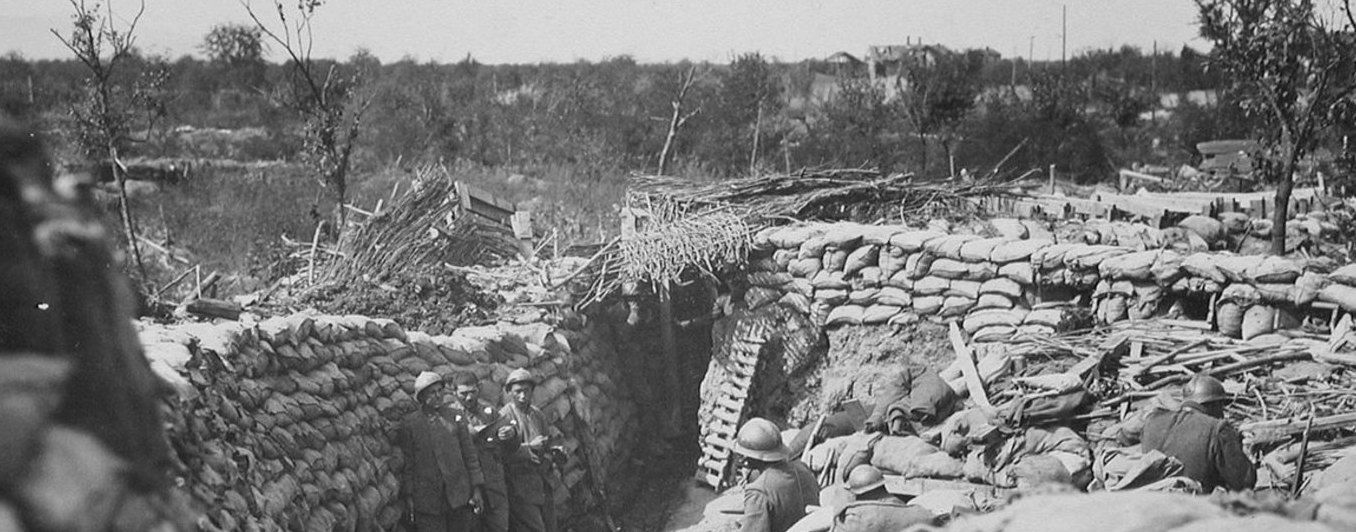
1 of 3
Snow in the north and fog in the south forced a cessation. Yet the fighting ran on; the Austrians counter-attacked, tightening their grip on Tolmein and Rombon, while the Italians captured an important position south of San Michele, between Mount Sei Busi and Monfalcone.
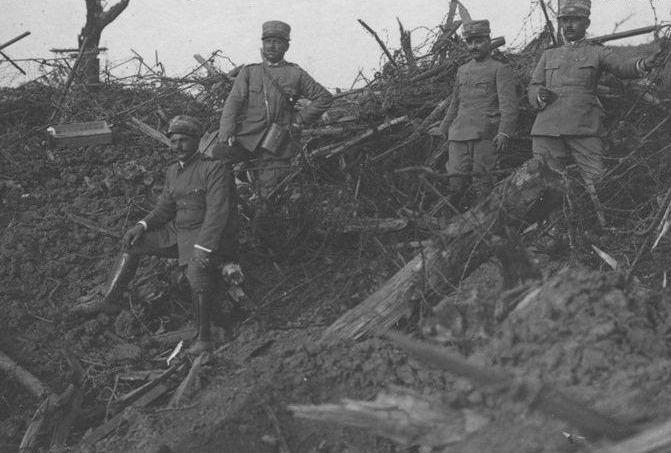
2 of 3
The Italians suffered another 13,000 casualties without improving their position much or helping the French in any way. A Croatian newspaper crowed that the fifth offensive had ‘ended in the same kind of success as the first four’.

3 of 3
Luigi Cadorna, the Italian Chief of the General Staff, took the outcome as final proof that he needed much more heavy artillery. His Austrian counterpart, Conrad von Hötzendorf, drew a different lesson: that the moment had come to turn the tables.
- Peter Hart, The Great War: A Combat History of the First World War, Oxford University Press, Oxford, 2013
- John Mosier, The Myth of the Great War: A New Military History of World War I, Harper Collins Publishers, Sydney, 2001
- Peter Simkins, Geoffrey Jukes, Michael Hickey, Hew Strachan, The First World War: The War to End All Wars, Osprey Publishing. Oxford, 2003
- John Keegan, The First World War, Random House UK Limited, London, 1998
- Mark Thompson, The White War: Life and Death on the Italian Front 1915-1919, Faber and Faber Limited, London, 2008





